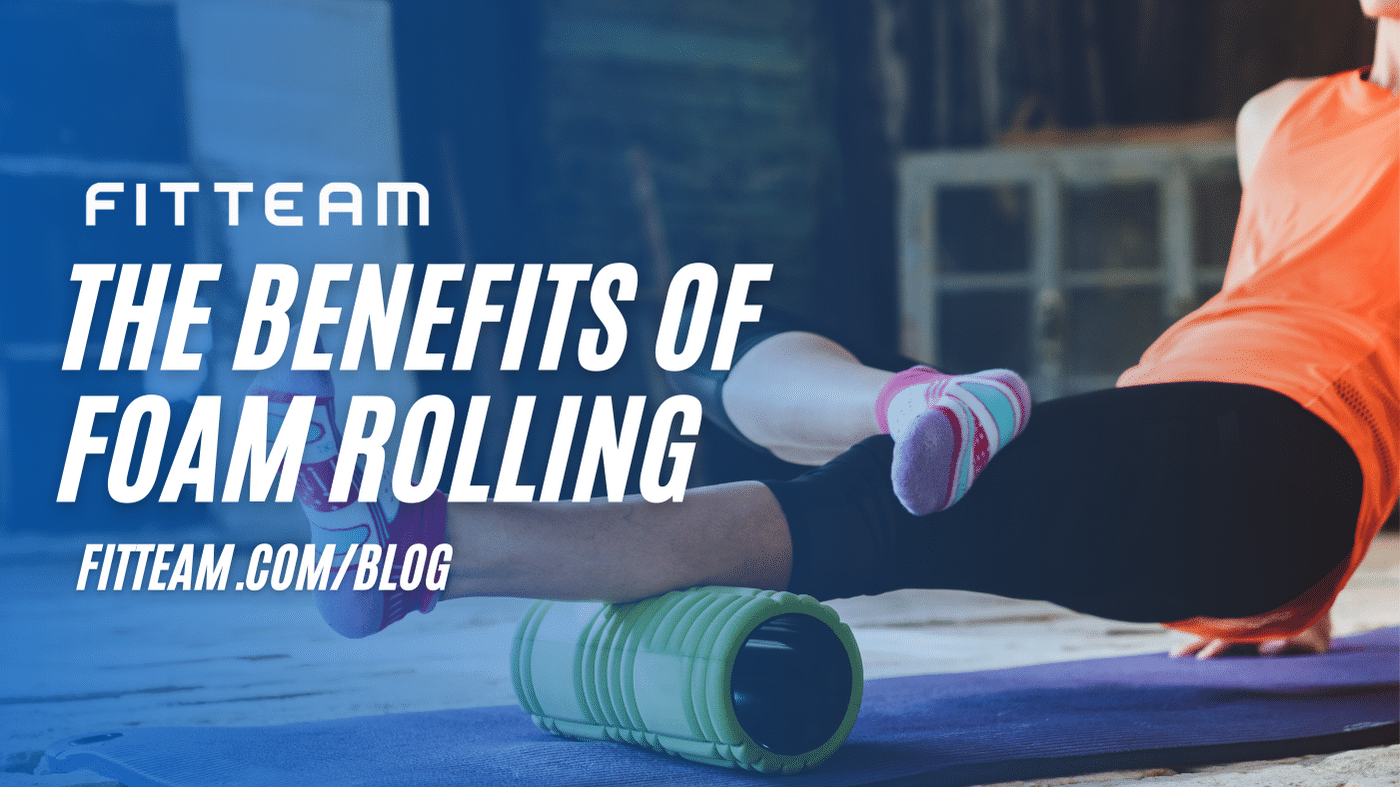Ready to discover the incredible benefits of foam rolling and self-myofascial release? Say goodbye to muscle soreness and tightness as you delve into the world of this effective and accessible form of self-care. By targeting trigger points and knots in your fascia, you can improve your mobility, relieve muscle tension, and enhance your athletic performance. So grab your foam roller and get ready for a journey towards a healthier, more flexible you!
What is Foam Rolling and Self-Myofascial Release?
Foam rolling and self-myofascial release (SMR) are popular techniques used to enhance muscle recovery and improve overall physical performance. These therapeutic practices involve applying pressure to specific areas of the body using various tools, such as foam rollers, massage balls, and sticks. By targeting the muscle tissue and fascia, foam rolling and SMR can provide a range of physical and psychological benefits. Whether you’re an athlete looking to improve performance, someone recovering from an injury, or even just seeking relaxation, foam rolling and SMR can be valuable additions to your wellness routine.
Definition
Foam rolling is a form of self-myofascial release in which a foam roller is used to apply pressure and massage specific areas of the body. Self-myofascial release, on the other hand, refers to techniques that target the fascia – the connective tissue that surrounds and supports the muscles. By applying pressure to these areas, foam rolling and SMR aim to release muscle tension, increase circulation, and promote overall flexibility.
History
The concept of self-myofascial release dates back thousands of years to ancient practices such as yoga and Ayurveda. These cultures recognized the benefits of massaging the body to alleviate pain and promote healing. However, the modern use of foam rolling as a widely embraced technique gained popularity more recently. In the 1980s, foam rollers began appearing in physical therapy clinics and sports performance centers, initially used by professionals to assist with muscle rehabilitation. Over time, foam rolling and SMR have transitioned into popular techniques accessible to individuals of all fitness levels.
Tools Used
Various tools can be used to perform foam rolling and self-myofascial release. The most common tool is the foam roller, which is typically cylindrical in shape and made of dense foam. These rollers come in different densities and lengths to accommodate different body types and target specific muscle groups. Massage balls, similar to lacrosse balls, are another popular tool for SMR, providing a more targeted approach to releasing muscle tension. Additionally, sticks with rolling wheels or knobs can be utilized for a deeper and more precise massage. With the wide array of tools available, you can choose the one that best suits your needs and comfort level.
Physical Benefits
Foam rolling and self-myofascial release offer numerous physical benefits that contribute to better overall well-being. Incorporating these techniques into your routine can lead to:
Muscle Recovery
One of the key benefits of foam rolling and SMR is their ability to aid in post-workout muscle recovery. Engaging in physical activity often leads to muscle soreness and tightness. By performing foam rolling and SMR exercises, you can reduce muscle inflammation, improve blood flow to the muscles, and speed up the recovery process. This allows you to get back to your training routine quicker and with less discomfort.
Improved Flexibility
Flexibility plays a crucial role in maintaining a healthy and functional body. Regular foam rolling and SMR can help improve your flexibility by breaking up adhesions in the fascia and reducing muscle stiffness. As you release tension and unlock tight muscles, your range of motion increases, making it easier to perform daily activities and exercise with proper form.
Increased Range of Motion
Foam rolling and SMR are effective techniques for increasing range of motion in both athletes and non-athletes. By targeting muscle knots and trigger points, these practices release tension, thereby allowing muscles to stretch and contract more efficiently. This increased range of motion not only enhances athletic performance but also mitigates the risk of muscle and joint injuries in everyday life.
Reduced Muscle Soreness
Muscle soreness, also known as delayed-onset muscle soreness (DOMS), is a common occurrence after intense exercise. Foam rolling and self-myofascial release can significantly reduce muscle soreness by dissipating lactic acid build-up and breaking down scar tissue. By regularly incorporating foam rolling and SMR into your routine, you can alleviate discomfort and promote a quicker recovery process.
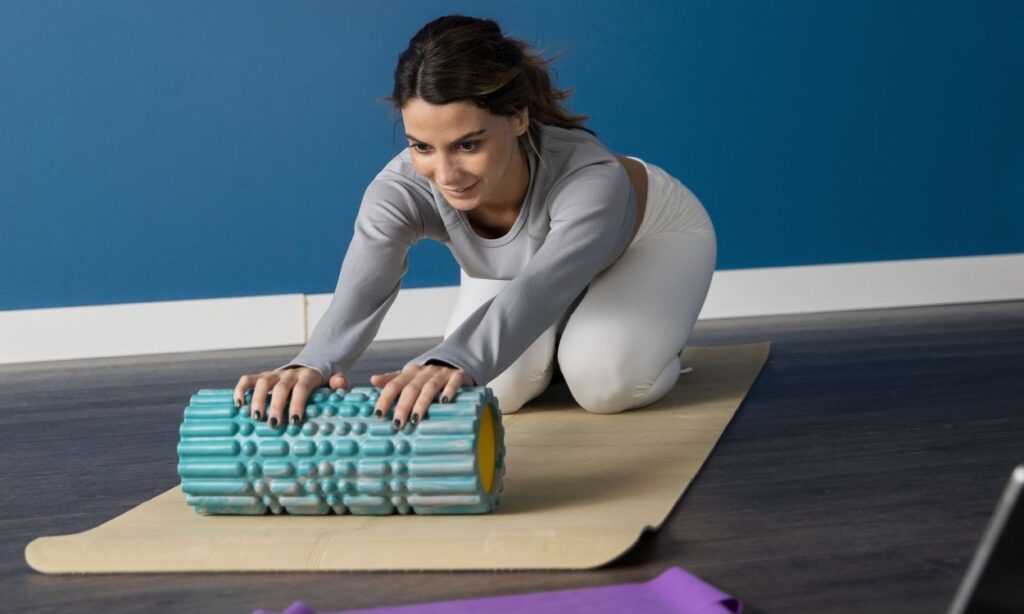
Improving Performance
Foam rolling and self-myofascial release contribute to improved athletic performance in several ways. These techniques can be used as part of a pre-exercise warm-up routine, enhancing muscle activation and function.
Pre-Exercise Warm-up
A proper warm-up is essential for preparing the body for physical activity and reducing the risk of injury. Foam rolling and SMR can be used as a warm-up tool to increase muscle temperature, blood flow, and flexibility. By targeting key muscle groups, such as the quadriceps, hamstrings, and calves, foam rolling helps stimulate the muscles and prepare them for the demands of exercise.
Enhanced Muscle Activation
Foam rolling and self-myofascial release can enhance muscle activation during exercise by promoting optimal muscle length-tension relationships. By releasing muscle tension and increasing blood flow, these techniques prime the muscles for more efficient contractions and improved force production. This, in turn, can lead to enhanced athletic performance, increased strength, and improved power output.
Improved Muscle Function
The improved muscle function resulting from foam rolling and SMR can have a positive impact on overall athletic performance. By optimizing flexibility, range of motion, and muscle activation, your body can move more efficiently, reducing the risk of compensation or faulty movement patterns. Improved muscle function can also contribute to increased speed, power, and agility, making it beneficial for athletes in various sports disciplines.
Injury Prevention
In addition to their performance-enhancing benefits, foam rolling and self-myofascial release are valuable tools for injury prevention.
Reduced Risk of Muscle Imbalances
Muscle imbalances occur when certain muscles become overactive and tight, while others remain underactive and weak. These imbalances can lead to faulty movement patterns, increased risk of injury, and decreased athletic performance. By incorporating foam rolling and SMR into your routine, you can address muscle imbalances by releasing tension in tight muscles and facilitating muscle activation in weaker areas.
Joint Stabilization
Proper joint alignment and stability are essential for injury prevention and optimal movement. Foam rolling and self-myofascial release play a role in joint stabilization by releasing tension in tight muscles that may be pulling joints out of alignment. By promoting balanced muscle length and tension, these techniques help maintain joint stability, reducing the risk of strains, sprains, and other joint-related injuries.
Improved Posture
Poor posture is a common issue in our modern sedentary lifestyle and can contribute to various musculoskeletal problems. Foam rolling and SMR can help improve posture by releasing tension in muscles that may be pulling the body out of alignment. By targeting areas such as the chest, upper back, and hips, foam rolling encourages proper alignment and balances muscle tension, leading to improved posture and reduced risk of associated injuries.
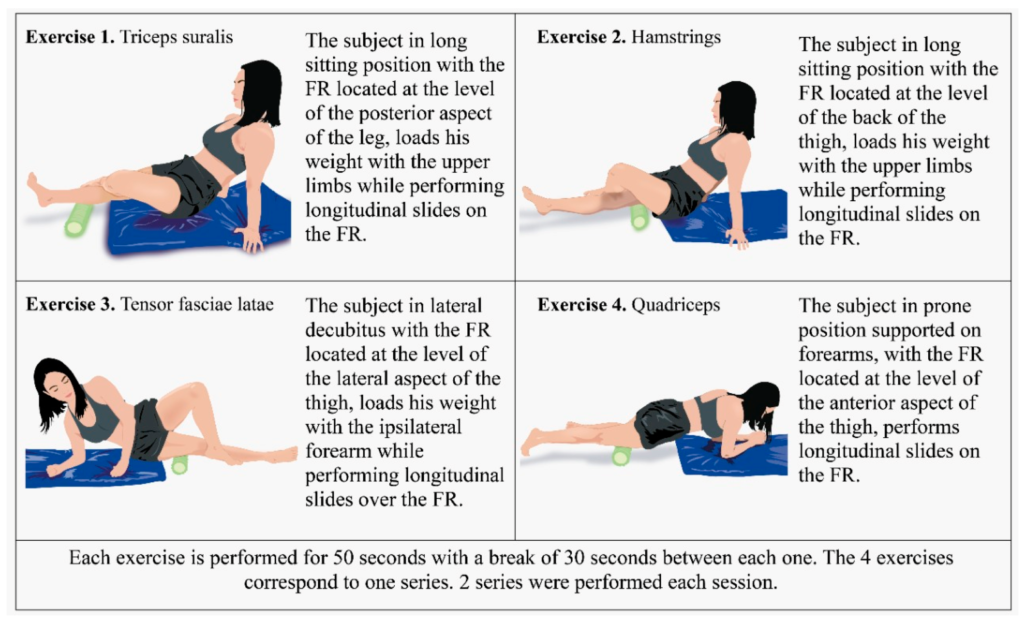
Psychological Benefits
In addition to the physical advantages, foam rolling and self-myofascial release can offer several psychological benefits that contribute to overall well-being.
Stress Reduction
Stress is a common factor in our daily lives, and its effects can take a toll on both our physical and mental health. Foam rolling and SMR provide an opportunity to engage in a self-care practice that promotes stress reduction. Through the rhythmic motion and self-massage, these techniques can help relax the body, release tension, and ease the mind, serving as a form of therapeutic stress relief.
Relaxation and Improved Sleep
Many individuals struggle with getting adequate restful sleep due to various stressors and physical discomfort. Foam rolling and self-myofascial release can contribute to improved sleep quality by promoting relaxation and reducing muscle tension. Engaging in these practices before bedtime can help calm the nervous system, ease muscle soreness, and create a more conducive environment for restful sleep.
Enhanced Mind-Body Connection
Foam rolling and self-myofascial release provide an opportunity to connect with your body on a deeper level. By engaging in these practices, you become more aware of your muscles, sensations, and areas of tension. This heightened mind-body connection can have a positive impact on your overall well-being, as you become more in tune with your body’s needs and can address them accordingly.
Myofascial Release Techniques
Several techniques fall under the umbrella of myofascial release, with foam rolling being the most popular and widely accessible.
Foam Rolling
Foam rolling involves using a foam roller to apply pressure to specific areas of the body. By rolling the foam roller back and forth under the targeted muscle group, you can stimulate blood flow, release adhesions, and alleviate muscle tension. Foam rolling can be performed on various muscle groups, including the calves, quadriceps, hamstrings, glutes, back, and shoulders.
Trigger Point Therapy
Trigger point therapy involves applying pressure to specific trigger points, which are hyperirritable spots within the muscle or fascia that can refer pain to other areas of the body. By locating and applying pressure to these trigger points, either with your fingers, massage balls, or other tools, you can release muscle tension and alleviate pain. Trigger point therapy can be particularly effective for individuals with chronic muscle pain or referred pain patterns.
Massage Balls and Sticks
In addition to foam rollers, massage balls and sticks are commonly used for myofascial release techniques. Massage balls are small, portable balls often made of rubber or dense foam that can be used to target specific areas of the body that may be harder to reach with a foam roller. Massage sticks, typically equipped with rolling wheels or knobs, allow for a more precise and deeper muscular massage. Both massage balls and sticks are versatile tools that can effectively release muscle tension and provide relief.
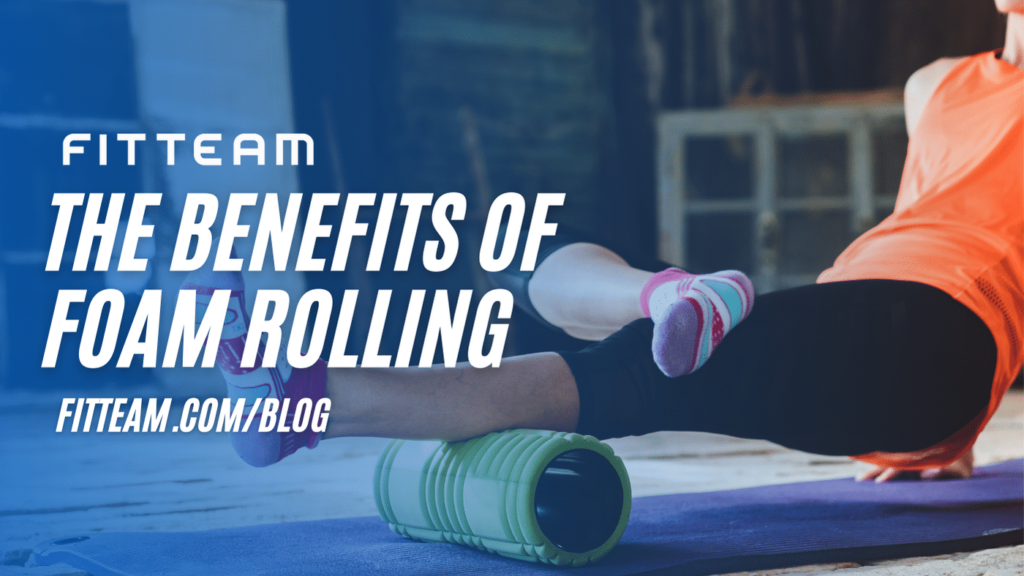
Recommended Techniques and Protocols
To get the most out of foam rolling and self-myofascial release, it is essential to incorporate these techniques into your routine strategically. Here are some recommended techniques and protocols for maximizing the benefits:
Pre-Workout Routine
Before engaging in physical activity, a pre-workout routine consisting of foam rolling and SMR can help prepare your body for exercise. Focus on targeted areas, such as the muscles you plan to use during your workout. Spend about 1-2 minutes on each muscle group, using slow and controlled movements. This will help increase blood flow, warm up the muscles, and enhance flexibility.
Post-Workout Routine
After completing your exercise routine, a post-workout foam rolling and SMR routine can aid in the recovery process. Target areas that feel tight or have been particularly worked during your workout. Spend more time, around 2-3 minutes, on each muscle group to release tension and promote muscle recovery. Perform slow and deliberate movements, using deep breaths to aid relaxation.
Recovery Days
On rest or recovery days, incorporating foam rolling and SMR into your routine can help alleviate muscle soreness and promote overall recovery. Take the time to focus on all major muscle groups, spending around 1-2 minutes on each area. Emphasize slow and controlled movements, paying attention to any areas that feel particularly tight or restricted.
How to Choose the Right Foam Roller
Choosing the right foam roller is crucial for optimizing your foam rolling and self-myofascial release practice. Here are some factors to consider when selecting a foam roller:
Density and Firmness
Foam rollers come in various densities and firmness levels. Softer foam rollers provide a more cushioned feel and are suitable for beginners or individuals with a lower pain threshold. Firmer foam rollers, on the other hand, offer a deeper and more intense massage and are better suited for individuals who prefer more pressure or require a more aggressive release.
Surface Texture
The surface texture of a foam roller can affect the intensity and effectiveness of the massage. Foam rollers with smooth surfaces provide a milder massage, while those with textured surfaces, such as grids or ridges, offer a deeper tissue massage. Consider your comfort level and the specific areas you plan to target when choosing a foam roller with the right surface texture.
Size and Shape
Foam rollers come in various lengths and shapes to accommodate different body types and target specific muscle groups. Longer foam rollers are better suited for larger individuals or those who want to target multiple muscle groups simultaneously. Smaller foam rollers or those with contoured shapes cater to more targeted areas, such as the calves, glutes, or upper back. Consider your body size and the specific muscles you need to target when selecting the size and shape of your foam roller.
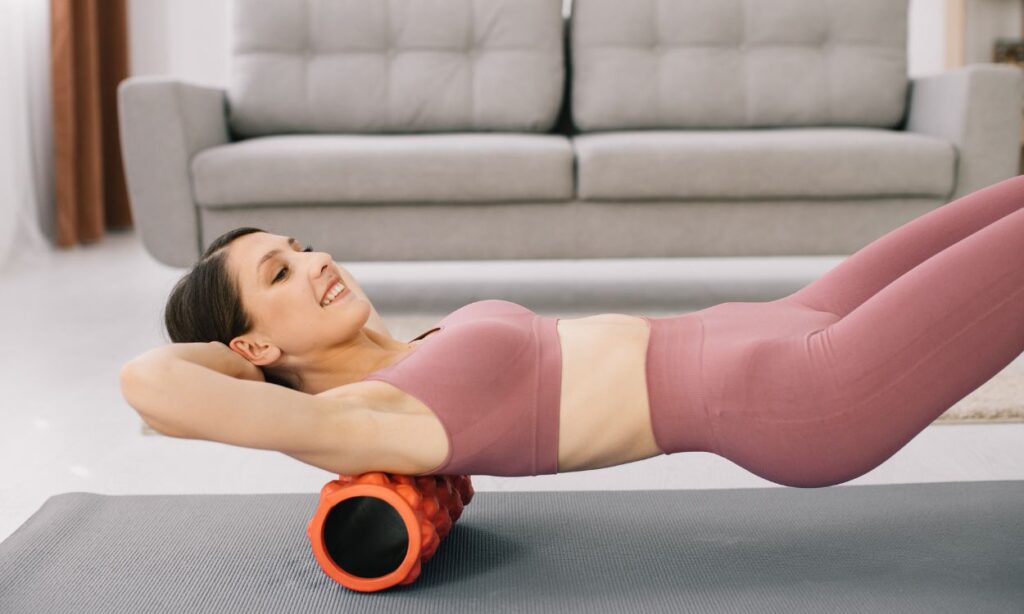
Safety Considerations and Precautions
While foam rolling and self-myofascial release are generally safe and beneficial, it is important to take some safety considerations and precautions:
Proper Technique
Using proper technique is crucial for effective and safe foam rolling and SMR. Avoid rolling too fast, which can cause excessive discomfort or perceived pain. Instead, move slowly and deliberately over the target area, pausing on any tender spots for a few seconds. Breathe deeply and relax into the movement, avoiding excessive strain or tension.
Avoiding High-Risk Areas
Certain areas of the body should be avoided or approached with caution when foam rolling and performing SMR. These high-risk areas include the neck, lower back, and directly over bony prominences. Instead, focus on the surrounding muscles and seek professional guidance for targeted release in these areas.
Seeking Professional Guidance
If you are new to foam rolling or are experiencing specific pain or discomfort, it is advisable to seek guidance from a qualified professional, such as a physical therapist or certified personal trainer. They can provide personalized advice, techniques, and modifications tailored to your specific needs and help ensure that you are utilizing foam rolling and self-myofascial release safely and effectively.
Combining Foam Rolling with Other Techniques
While foam rolling and self-myofascial release can be highly beneficial on their own, they can also be combined with other techniques to maximize their effectiveness and complement your overall fitness routine.
Stretching
Foam rolling can be combined with stretching exercises to enhance their benefits. For example, after performing foam rolling on the hamstrings, following up with static or dynamic hamstring stretches can help further improve flexibility and range of motion.
Strength Training
Foam rolling can be incorporated into your strength training routine as part of your warm-up or cool-down. By targeting specific muscle groups before or after lifting weights, you can prepare your muscles for the demands of strength training or aid in their recovery.
Mobility Exercises
Mobility exercises, such as mobility drills or yoga flows, can be enhanced by incorporating foam rolling and self-myofascial release. By releasing tension and increasing range of motion before engaging in mobility exercises, you can optimize their effectiveness and ensure better movement quality.
In summary, foam rolling and self-myofascial release offer a multitude of benefits for both physical and psychological well-being. Incorporating these practices into your routine can aid in muscle recovery, improve flexibility and range of motion, prevent injuries, reduce stress, enhance relaxation and sleep, and promote a stronger mind-body connection. By selecting the right tools, using proper techniques, and considering safety precautions, you can reap the rewards of foam rolling and SMR as valuable additions to your overall fitness and wellness regimen.
